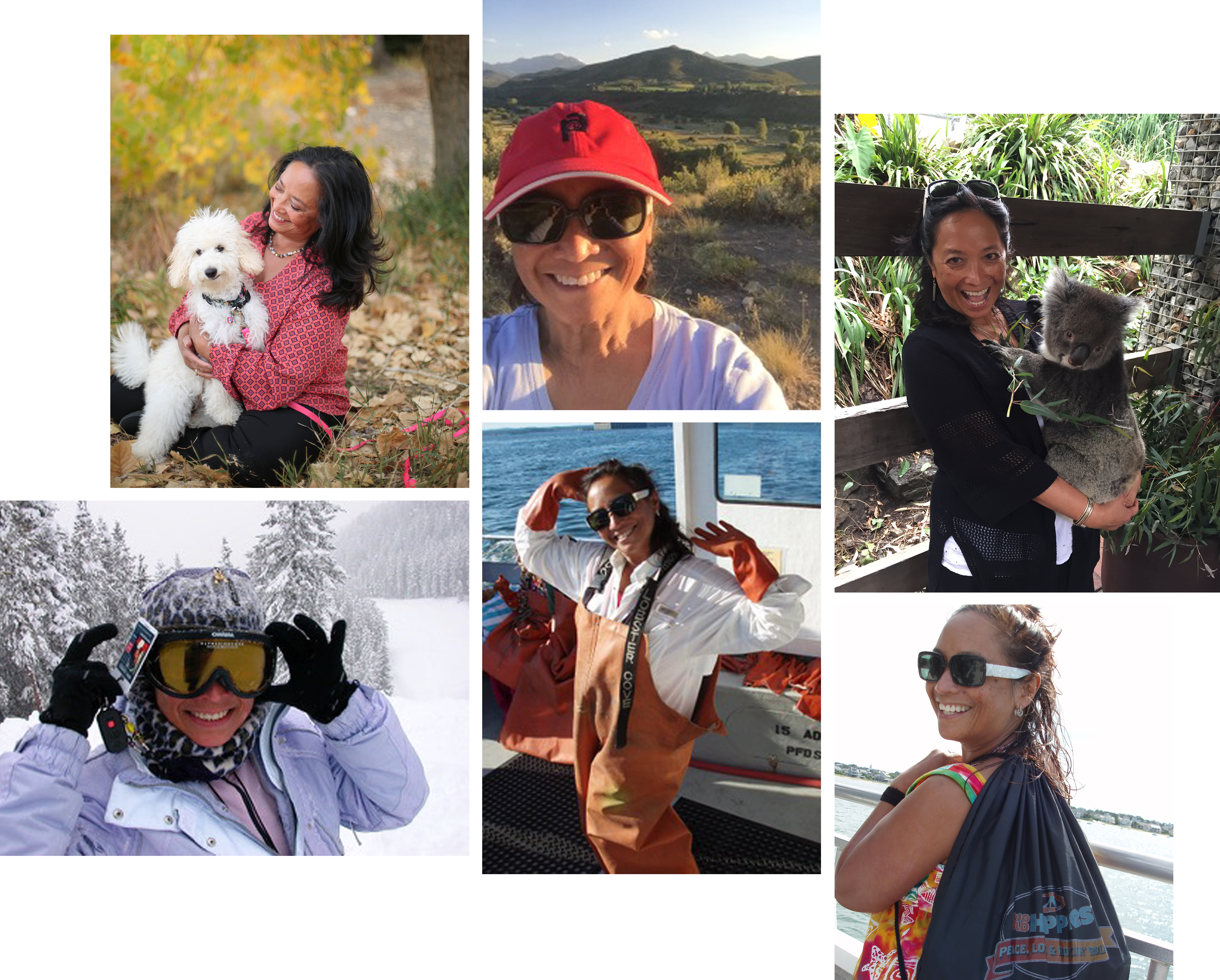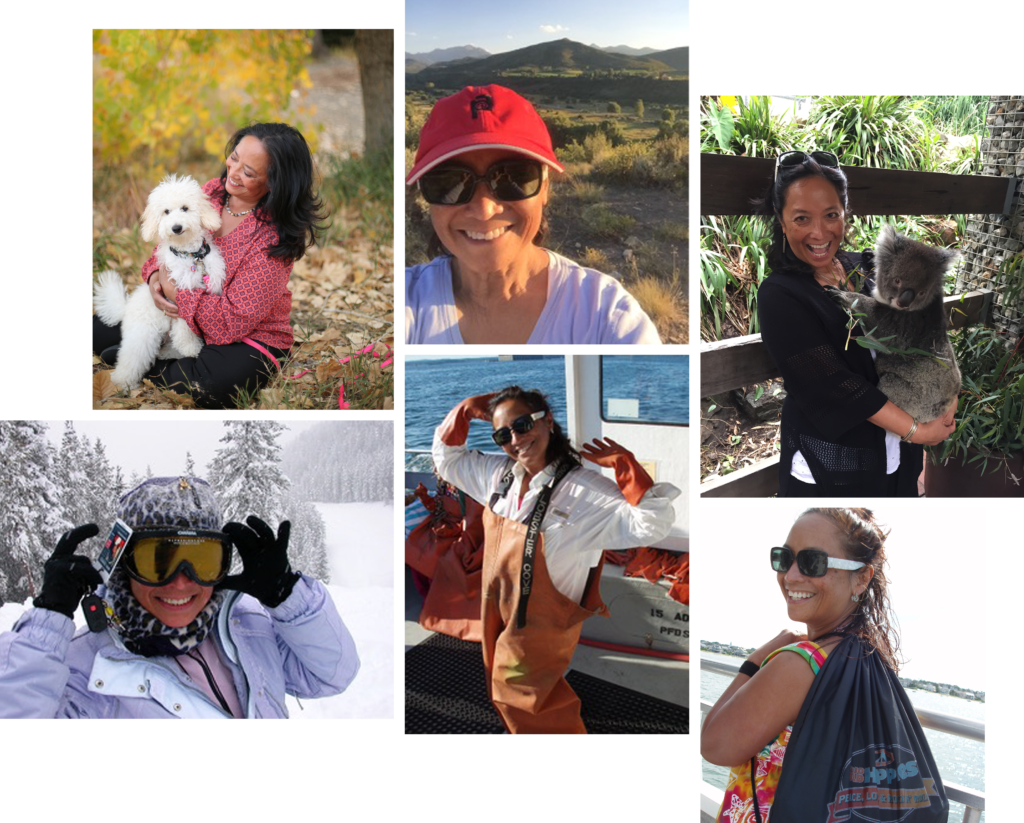My origin story
THE WORLD OF INHERITED WEALTH AND PHILANTHROPY

People often ask me, “How did you get here?” and, “Why did you chose this line of work?” I answer that it was not a direct route. Yet, the choices I made—from the nature, friendships, clientele and location of my work—led me here, almost like a calling, and provided a solid foundation and understanding for the work I do today.
I first moved to Aspen, Colorado in the mid-1980s, a unique community made up of ski bums, artists, nature lovers, the rich and sometimes famous. In the early days, we treated each other alike, as class distinctions were not important. Over the years, a growing number of billionaires began to call Aspen “home.”
An interesting dynamic happens when a community’s multi-millionaire population suddenly finds themselves (in their words) “middle class.”
I first entered the world of inherited wealth and philanthropy when I began working with a gentleman who sat on the Board of his family’s foundation, as well as several other nationally known foundations. It was my introduction to the emotional challenges around money that many families of wealth experience. Over time, I found myself having discussions with privileged family members about the concerns they had for their heirs. With my coaching and consulting background, they found in me a receptive ear with whom they felt safe to confide, process, and explore some of their deeper, more intimate issues (often broached for the first time).
People asked me, “How much is enough? How much should I give to whom and when? They talked about the joy they felt at being able to say, “yes,” the guilt they felt saying, “no,” and the disappointment and frustration they felt if they caved under pressure.
They worried that people liked them for their money, as opposed to who they were as individuals. They wondered how to raise independent and productive children. They shrinked under the guilt, shame and resentment they felt about the labels put upon them (trustfunder, 1%-er, rich boy, spoiled, etc.). And they shared the helplessness and discouragement with the condescending relationships they had with their trustees. I felt the fear in their hearts about the impact of money on themselves, as well as their children. The confusion and impotence they felt around the family’s business. And, I heard their desire and need for some form of structure or governance.
And I remember the embarrassment and trepidation they experienced talking to me about one of the most taboo of subjects: money. After all, “nice people don’t talk about money.”
I am fortunate to have been mentored by several leaders in this field (Jay Hughes, John A. Warnick, Jim Grubman, Dennis Jaffee, Mary Duke), as well as by several inheritors of significant wealth. And, I have learned from each and every client conversation … every client engagement.
After the thousandth+ conversation and hearing that people are benefiting and finding solutions from the perspective, knowledge and tools I share with them as a coach and consultant, I know that this is my calling … an area to which I have dedicated my professional life.
My origin story
THE WORLD OF INHERITED WEALTH AND PHILANTHROPY

People often ask me, “How did you get here?” and, “Why did you chose this line of work?” I answer that it was not a direct route. Yet, the choices I made—from the nature, friendships, clientele and location of my work—led me here, almost like a calling, and provided a solid foundation and understanding for the work I do today.
I first moved to Aspen, Colorado in the mid-1980s, a unique community made up of ski bums, artists, nature lovers, the rich and sometimes famous. In the early days, we treated each other alike, as class distinctions were not important. Over the years, a growing number of billionaires began to call Aspen “home.”
An interesting dynamic happens when a community’s multi-millionaire population suddenly finds themselves (in their words) “middle class.”
I first entered the world of inherited wealth and philanthropy when I began working with a gentleman who sat on the Board of his family’s foundation, as well as several other nationally known foundations. It was my introduction to the emotional challenges around money that many families of wealth experience. Over time, I found myself having discussions with privileged family members about the concerns they had for their heirs. With my coaching and consulting background, they found me a receptive ear with whom they felt safe to confide, process, and explore some of their deeper, more intimate issues (often broached for the first time).
People asked me, “How much is enough? How much should I give to whom and when? They talked about the joy they felt at being able to say, “yes,” the guilt they felt saying, “no,” and the disappointment and frustration they felt if they caved under pressure.
They worried that people liked them for their money, as opposed to who they were as individuals. They wondered how to raise independent and productive children. The guilt, shame and resentment they felt about the labels put upon them (trustfunder, 1%-er, rich boy, spoiled, etc.). The helplessness and discouragement about the condescending relationships they had with their trustees. I felt the fear in their hearts about the impact of money on themselves, as well as their children. The confusion and impotence they felt around the family’s business. And, I heard their desire and need for some form of structure or governance.
And I remember the embarrassment and trepidation they experienced talking to me about one of the most taboo of subjects: money. After all, “nice people don’t talk about money.”
I am fortunate to have been mentored by several leaders in this field (Jay Hughes, John A. Warnick, Jim Grubman, Dennis Jaffee, Mary Duke), as well as by several inheritors of significant wealth. And, I have learned from each and every client conversation … every client engagement.
After the hundredth+ conversation and hearing that people were benefiting and finding solutions from the perspective, knowledge and tools I shared with them as a coach and consultant, I realized that this was my calling … an area to which I wanted to dedicate my professional life.
